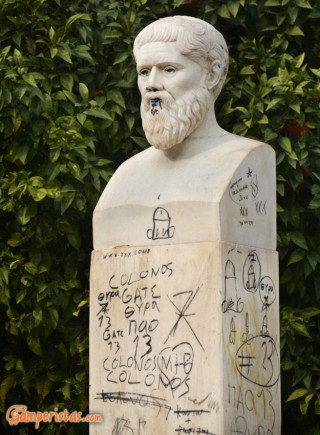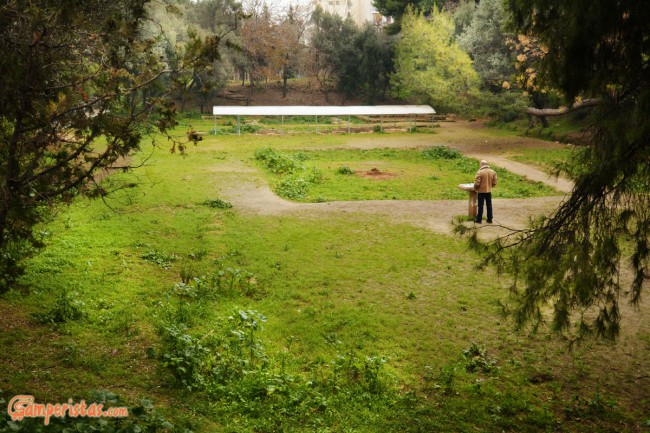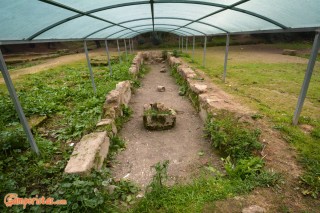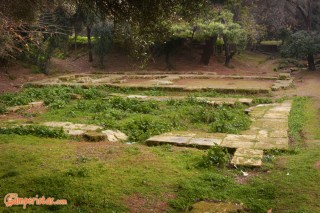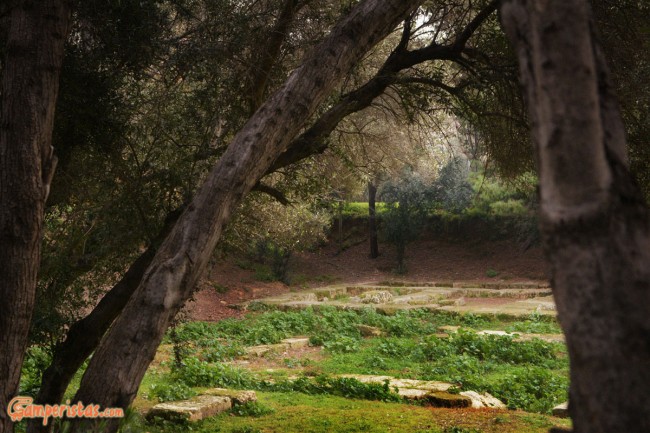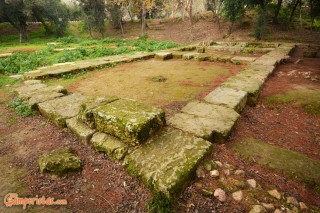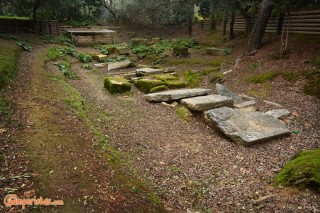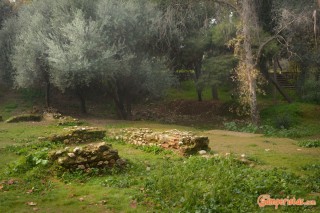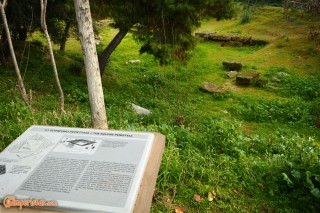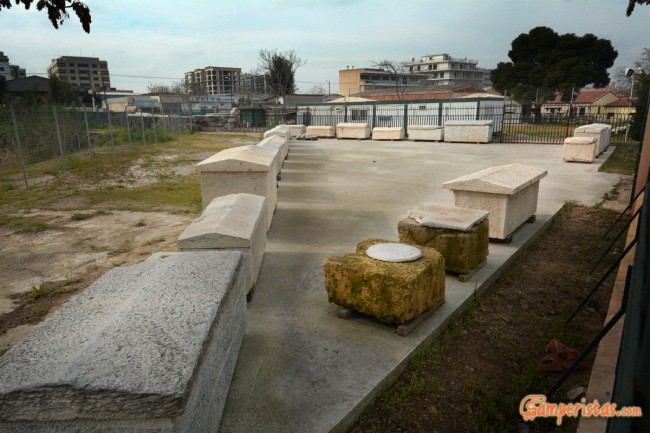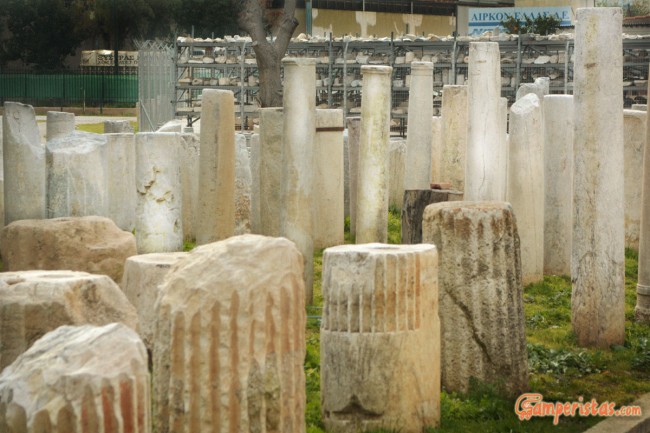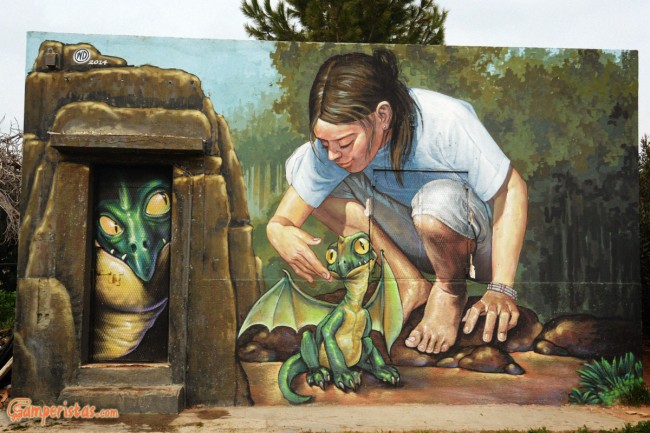
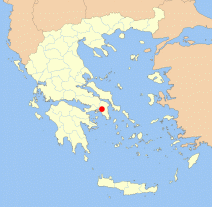 If you belong to those who believe that the only evidence left from Plato was his books, maybe you should reconsider. The ruins of his philosophical school, the Academy, are still existing in a degraded neighborhood in the backyard of Athens historic center. Nobody seems to care though! To tell the truth, even I who was born, raised and have spent most of my life in Athens, I had never crossed the threshold of this ‘lost in the crowd’ archaeological site.
If you belong to those who believe that the only evidence left from Plato was his books, maybe you should reconsider. The ruins of his philosophical school, the Academy, are still existing in a degraded neighborhood in the backyard of Athens historic center. Nobody seems to care though! To tell the truth, even I who was born, raised and have spent most of my life in Athens, I had never crossed the threshold of this ‘lost in the crowd’ archaeological site.
[sam id=”7″]
The very first thing you should know: it is not a tourist spot. The Plato’s Academy, or Academia Platonos [37.99040, 23.70826] as it is called in Greek, is adjacent to Athinon avenue, not far from its intersection with Kifissos avenue. It is a neighborhood full of garages, workshops, warehouses, and a cluster of residential buildings constantly increasing. It’s hard to believe but it’s not so far from what we call Athens’ historic center; the distance between the entrance to the park and the Kerameikos metro station is just one and a half kilometer! OK, I am a little ashamed to say it (we live in Kerameikos neighborhood…) but last Sunday was the very first time that I visited the place. It was a little rainy and Plato as you can see from the photo wasn’t in a very good mood because of his new ornaments. Anyway the park was great…
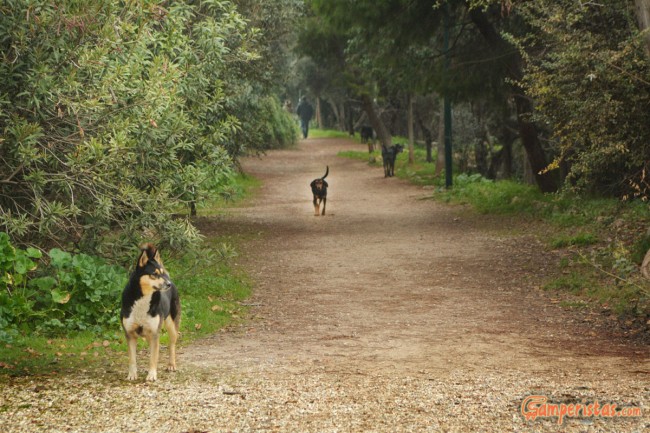
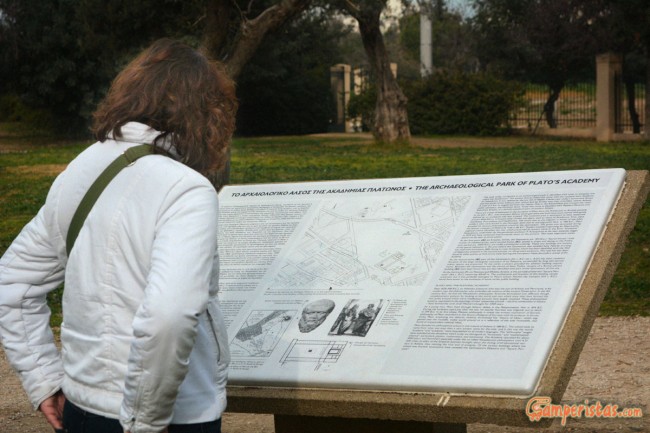
In fact what we call ‘archaeological site’ is nothing but a park with trees, people and dogs strolling, kids playing ball (and panting the statue of Plato) etc. The entrance is free and the excavated ruins are open to the public. The first (private!) excavations started in 1929 and then in ’60s again, this time carried out by the Archaeological Society of Athens. It was then that the Municipality of Athens decided to turn this land into a park by planting trees. What seems like the right decision may in fact be not so favorable for the archaeological site. Two years ago the archaeologists cleaned up the site but the trees interrupt the continuity of the founds. Let’s say that nowadays the Academy of Plato is something between an archaeological site and an urban park.
Plato founded his philosophical school in 387 BC in this exact place, where an older Gymnasium already existed. He was called it Academy in the honor of Academus, a mythological hero. The young Athenians were taught not only philosophy, but mathematics, astronomy, rhetoric, geometry. It was a kind of University.
At that time, this area was a country suburb outside Athens’ city walls where people used to come for talking and strolling under the shade of plane trees. From this point of view, the present park looks more close to the ancient school. I think that it’s easier to imagine Plato walking along with Aristotle here than in an organized archaeological site.
If we want to be sincere, the findings are not superb. The majority of the ruins that we see today come from the 1th c. B.C although there are some traces of older buildings like the Sacred House (8th c. B.C.) and the Peristyle (4th c. B.C.). There are also few tombs from the 6th c. B.C., cisterns and baths. Across the road there is a kind of open-air warehouse where roman sarcophagus are stored.
The Academy operated till 529 A.D. We can hardly imagine how many brilliant minds came here to pose questions, to find answers, to share their knowledge. Don’t be discouraged because it is far from the tourist trail. At least there is plenty space for parking…
I would say that if you have a free evening, go to this place of great spirituality and enjoy a stroll.
[sam id=”7″]

